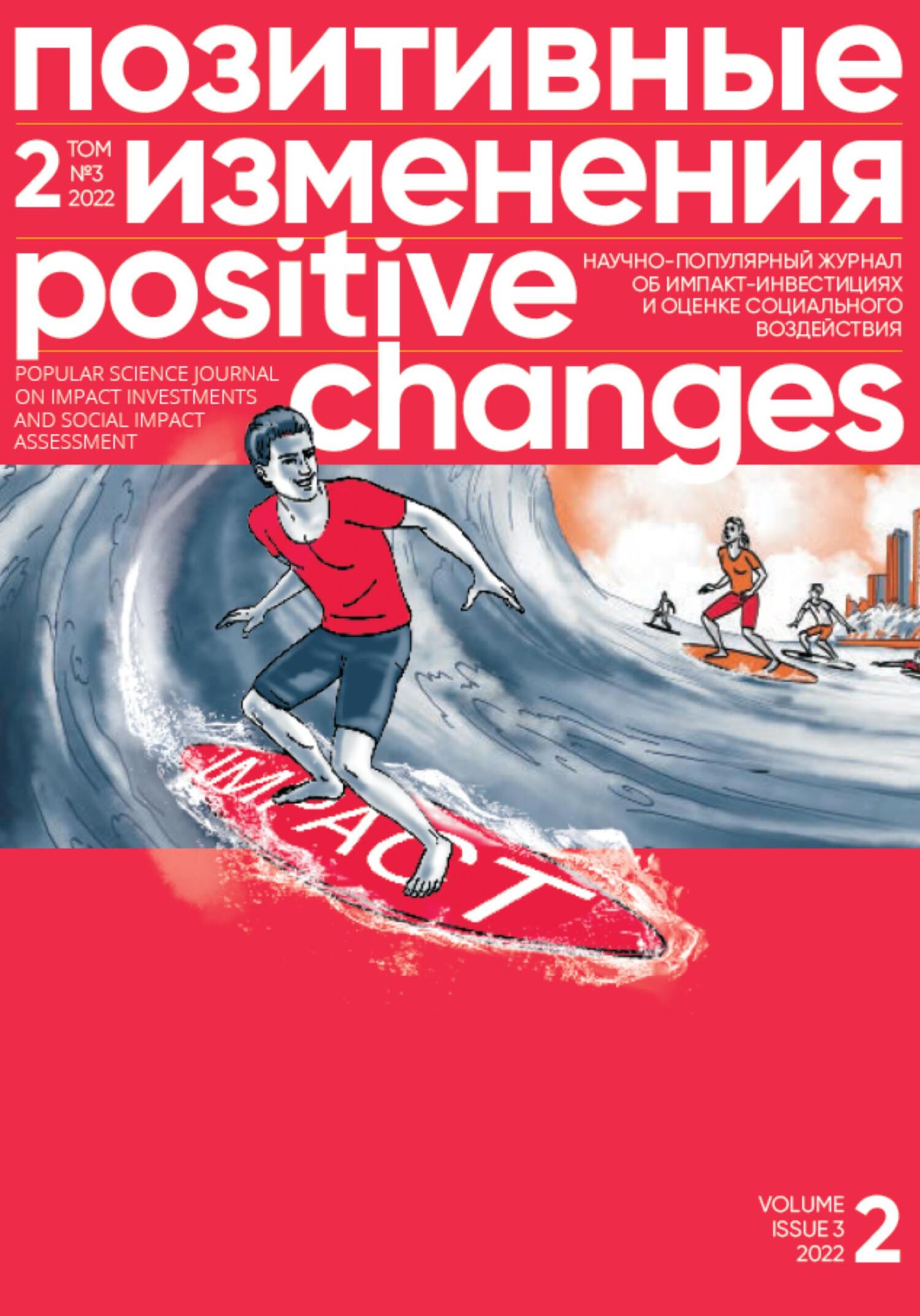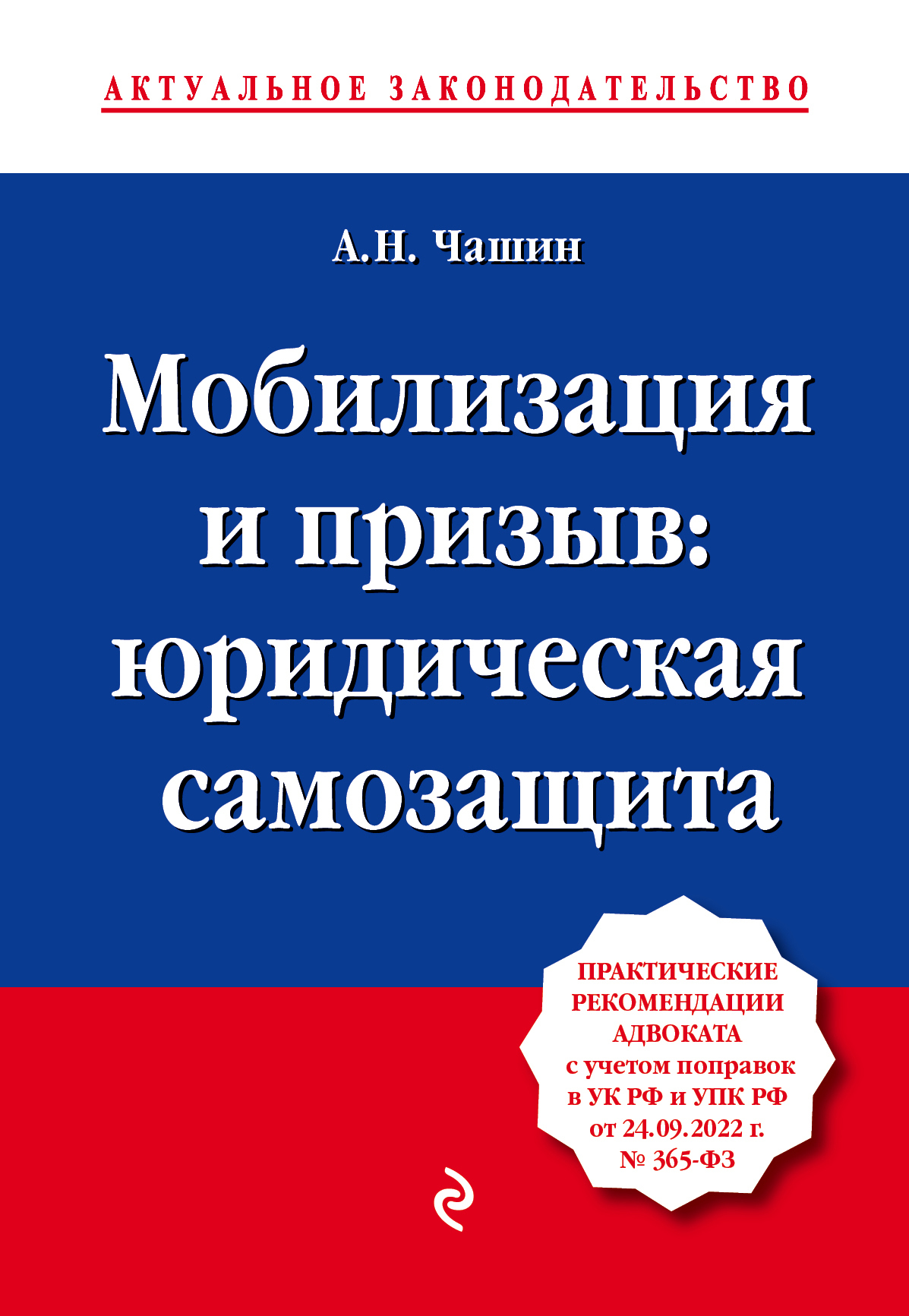Ознакомительная версия. Доступно 15 страниц из 71
with academia and corporations. We explain this as complimentary sources of legitimacy for both objectives in the dual goal of impact investment firms: Corporations can give legitimacy to the commercial angle while academia can aid legitimizing the measurement of positive impact. Relatedly, we find that impact investment firms lay more emphasis on expertise and being data driven on their websites than ESG firms. Lastly, we investigate whether impact investment firms seek legitimacy through claiming investment in certain fields and find significant results for investment themes such as Green Technology, Biodiversity, Education, Agriculture, and Water.
https://goo.su/ha2n
11. WHO HAS A SEAT AT THE TABLE IN IMPACT INVESTING? ADDRESSING INEQUALITY BY GIVING VOICE
Guillermo Casasnovas, J. Jones
Article, 11 June 2022, Journal of Business Ethics
Despite recognizing the importance of impact investing in combating complex societal challenges, researchers have yet to examine the capacity of the field to address systemic inequality. While impact investments are intended to benefit vulnerable stakeholders, the voices of those stakeholders are generally overlooked in the design and implementation of such investments. To resolve this oversight, we theorize how the fields' design — through its tools, organizations, and field-level bodies — influences its capacity to address inequality by focusing on the concept of giving voice, which we define as the inclusive participation of vulnerable stakeholders in decision-making processes. We build from stakeholder engagement research to show how the design of impact investing can address inequality using three illustrative cases: social impact bonds, impact investing funds, and national advisory boards. We conclude with a discussion of how the ethical decision of giving voice to vulnerable stakeholders will determine the capacity of the field to address inequality, as well as provide implications for future research and practice.
https://goo.su/AUUN
12. IMPACT RISK MANAGEMENT IN IMPACT INVESTING: HOW IMPACT INVESTING ORGANIZATIONS ADOPT CONTROL MECHANISMS TO MANAGE THEIR IMPACT RISK
Syrus M. Islam
Research paper, 20 October 2022,
Journal of Management Accounting Research
In impact investing, impact risk encompasses the probability that investment projects may fail to achieve the expected positive impact (i.e., positive impact risk) and/or may have a negative impact (i.e., negative impact risk). Using an inductive research approach, this study examines how impact investing organizations adopt control mechanisms to manage impact risk. It finds that impact investors adopt a wide range of input, behavior, and output control mechanisms to manage impact risk that may arise from investee-level, investor-level, and system-level operations. Also, to manage impact risk, investors establish control mechanisms to influence relevant actors not only within a firm's boundary but also outside its boundary. Given the inherent complexity and ambiguity in managing impact risk in impact investing, control mechanisms appear to rely heavily on judgment and experience and adhere more to the “satisficing” principle. Furthermore, investors tend to focus more on managing positive impact risk than negative impact risk.
https://goo.su/h2VBYMo
13. GIINSIGHT: SIZING THE IMPACT INVESTING MARKET 2022
Dean Hand, Ben Ringel and Alexander Danel
Report, October 12, 2022, Global Impact Investing Network
The GIIN estimates the size of the worldwide impact investing market to be USD 1.164 trillion, marking the first time that the organization's widely-cited estimate has topped the USD 1 trillion mark. The figure, which is the central finding of the GIIN's 2022: Sizing the Impact Investing Market report, reflects an increasingly comprehensive measurement of impact assets under management globally. The report, which was produced with the financial support of Nuveen, also spotlights two areas of development in the market that are becoming increasingly prevalent: green bonds and corporate impact investing.
https://goo.su/6mhtFa
14. DEFINING AND CONCEPTUALIZING IMPACT INVESTING: ATTRACTIVE NUISANCE OR CATALYST?
Kai Hockerts, Lisa K. Hehenberger, S. Schaltegger, V. Farber
Article, 26 July 2022, Journal of Business Ethics
This introduction to the special issue on impact investing applies the attractive nuisance notion to impact investing. Social sector actors ‘trespassing' on the playing field of conventional investment markets may not appreciate the risks. We apply the framework of essentially contested concepts to foster fruitful diverse research in this emerging research field. We advance six dimensions (intentionality, additionality, contribution, materiality, measurability and attribution), which we propose allow to describe different sub-clusters of how the term is used in research and practice. For each dimension we identify risks and opportunities stemming from the contested nature and highlight an ambitious research agenda for how future business ethics scholars can help address and foster impact investing. We conclude by illustrating how the papers in this special issue address these challenges.
https://goo.su/BFciym9
15. FINTECH FOR SOCIAL GOOD: A RESEARCH AGENDA FROM NLP PERSPECTIVE
Chung-Chi Chen, Hiroya Takamura, Hsin-Hsi Chen
Article, 13 November 2022, ArXiv
Making our research results positively impact on society and environment is one of the goals our community has been pursuing recently. Although financial technology (FinTech) is one of the popular application fields, we notice that there is no discussion on how NLP can help in FinTech for the social good. When mentioning FinTech for social good, people are talking about financial inclusion and green finance. However, the role of NLP in these directions only gets limited discussions. To fill this gap, this paper shares our idea of how we can use NLP in FinTech for social good. We hope readers can rethink the relationship between finance and NLP based on our sharing, and further join us in improving the financial literacy of individual investors and improving the supports for impact investment.
https://clck.ru/32udLy
16. DISSECTING THE “DO GOOD AND DO WELL” PHENOMENON: THE CASE OF THE UK'S MARKET FOR SOCIAL INVESTMENT
Jess Daggers
Article, 2022, The British journal of sociology
The developing discourse around social investment and impact investing makes strong claims regarding the possibility of both furthering one's own interests while simultaneously acting for the benefit of others —
Ознакомительная версия. Доступно 15 страниц из 71
























